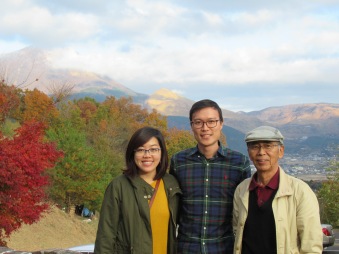After a busy festive season with family visiting, overeating, braving heavy rains and several other mishaps, we left for our trip to Saga and Kagoshima. We had planned this trip to be after the peak holiday season and it paid off. Places were not so crowded and things were cheaper.
We picked up the rental car and headed to our first stop, Arita Hidden Pottery Village. As the name suggests, it was a village, called Arita, that made pottery and was hidden. Thus no pictures. No really, we only made a brief stop at the village and it was all pottery shops with no kiln in operation.
Next we went to the equally elusive EN Teahouse. This was where TeamLab had set up yet another wonderful display of interactive art. Even if you are not into TeamLab’s work, this is a place worth stopping by. The hundreds of hanging lights glow and change colours to alter the mood. They surround you as you walk in and as you sit beside the bar to create a scene out of a fairytale. The bar no doubt served us some exotic, pricey tea and something called chocolate tofu (it wasn’t really tofu). You would expect nothing less fancy to compliment the mystic atmosphere.




On the second day, we started at Saga Castle ruins. The original castle was burnt down so there is no castle standing today, but the inner residence and court were restored. It was quite pleasant to walk inside as it had wide corridors, not too many visitors and informative displays about the interior design and construction. One notable fact was that it was on this very grounds that the first vaccination took place; it was for smallpox. That marked the beginning of Japan’s shift from Traditional Chinese Medicine to Western Medicine as more regions, including Tokyo, started to vaccinate its citizens. On the castle grounds outside the residence, food stands and gift shops were set up in line with New Year’s celebrations. It got pretty crowded by the time we left as families with children streamed in.




Next, we went to visit Yoshinogari Historical Park, home to some ancient settlements from the Yayoi period (300 BC to 300 AD). Hard to imagine Japan without its cutting edge technology or first class sanitation, but here we find houses made of wood and dried branches of trees, and pots which were used to bury the dead in ancient rites. It did feel somewhat similar to ancient settlements of vastly different civilizations but these would have had to face frequent typhoons and earthquakes, so how did these hold up? I’m not sure.




We bid Saga adieu and drove for 4 hours to the last prefecture left for us to visit in Kyushu: Kagoshima. I didn’t know about Kagoshima and its significance to the Meiji Restoration before this trip which is why I really enjoyed travelling there. On this trip, we went to Sengan-en, The Museum of the Meiji Resotration, Shiroyama Park and Sakurajima. All of which were really memorable and there was something to be learned at each.
Sengan-en is a complex which consists of a residence, a garden, shrines and shops. This use to be the residence of the Shimadzu family, one of the most powerful clans in Japan during the Edo period (1603 to 1868). Later I would find out that this clan and its prominent members would go on to start the Meiji Revolution. The gardens itself were beautiful and serene, giving the residence a sense of peace and calm. Inside, there was also plenty of historical information on the house and the important lords and nobles that lived there.
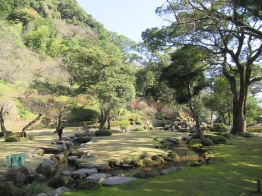
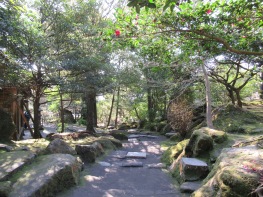
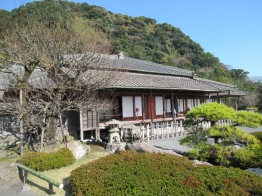
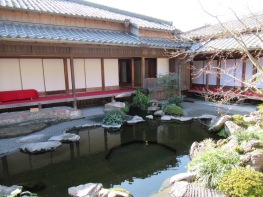
After Sengan-en, we went to The Museum of the Meiji Restoration. Initially, I didn’t understand why this museum was here. Most of the significant events of the Meiji Restoration occurred on the main island of Honshu. Nonetheless, it was highly recommended, so we went. It was definitely worth the while; And if you like Japanese history you absolutely should come to this place. The Shimadzu clan, together with the Choshu clan from Western Honshu, toppled the Togukawa regime and restored Japan to imperial rule under the Meiji emperor. Individuals from the clan such as Saigo Takamori and Okubo Toshimichi were greatly involved in this event and its aftermath of setting up the new government which led to the modernisation of Japan. And the rest is history.
On the final day in Kagoshima, we took a ferry to Sakurajima. Mount Sakurajima towers over the island and it can be seen from virtually very part of the city. It is also the symbol of Kagoshima.



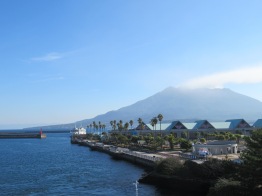
Being an active volcano, we can’t go near the crater. We did however spend the day driving around the island to see some of the notable landmarks and learn about the volcano. First was the farm where they grow world record-sized daikon. These monsters can grow more than 1 metre in diameter and the heaviest on record weighs 31 kilograms! Then there was the Kurokami Inari Gate that was buried by volcanic ash in 1914. Only the top of the gate is visible today. Next was the lookout point where one can see the smoking vent of the volcano. Mount Sakurajima is made of two peaks, the north and south peak. The north peak is no longer active so any picture of smouldering craters would be one of the south peak (also known as the Showa crater). Lastly, there were emergency shelters all over the island in case of a sudden eruption.
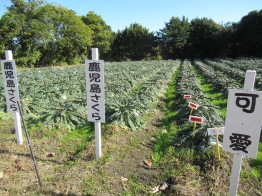
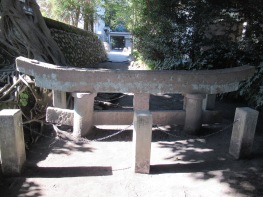
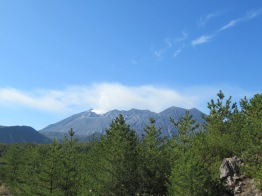
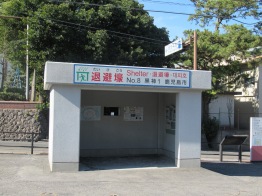
I loved exploring Sakurajima and seeing how people live their lives so close to the volcano. There were the typical onsens and volcano-related souvenirs; then there were the unique helmets that school children wear and geographical formations as a result of volcanic activity.
Leaving Kagoshima and heading back to Oita, we talked about where we should go next. Okinawa? A bit tough to get to. Shikoku? Not sure what is there. Honshu would probably be the likeliest destination. But where? We shall see.
Akemashite omedeto gozaimasu!
